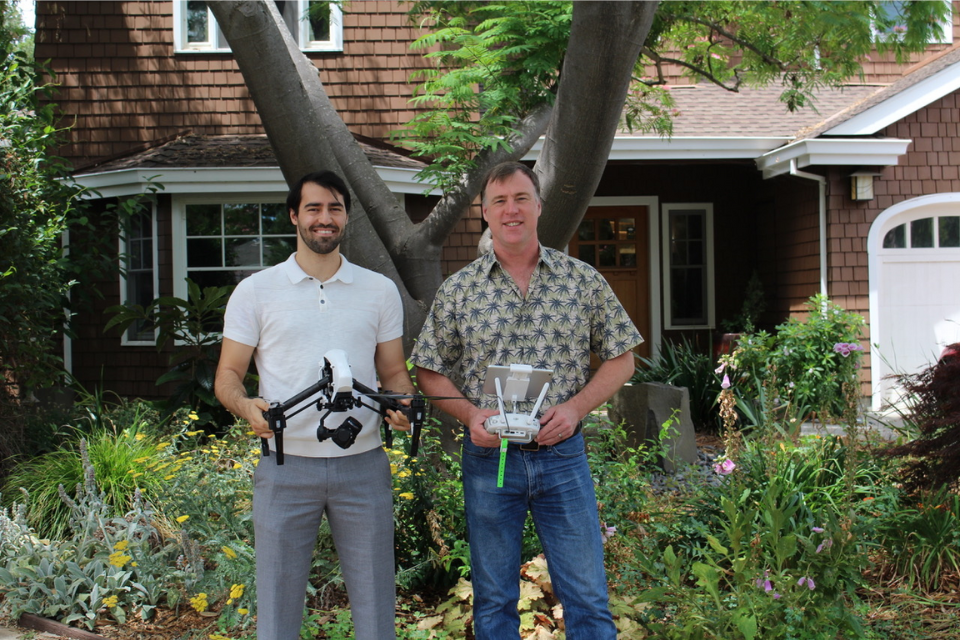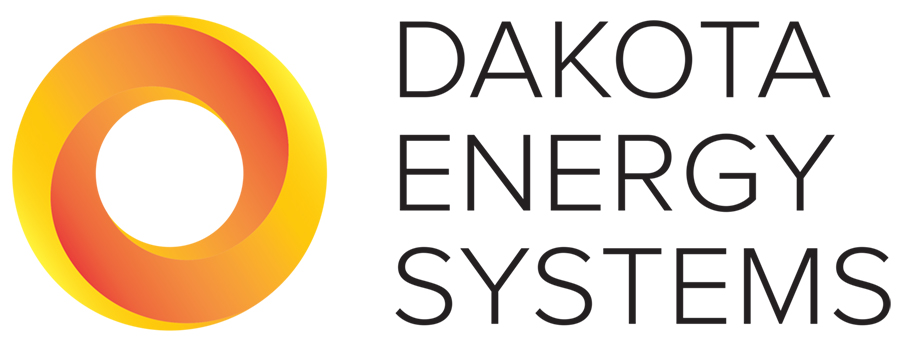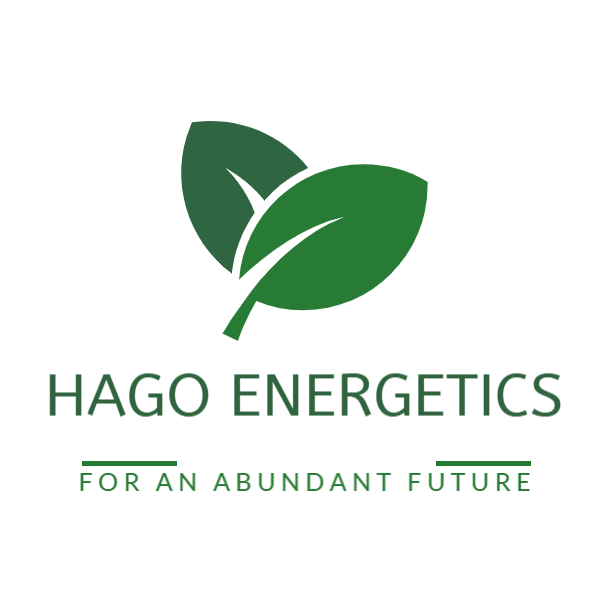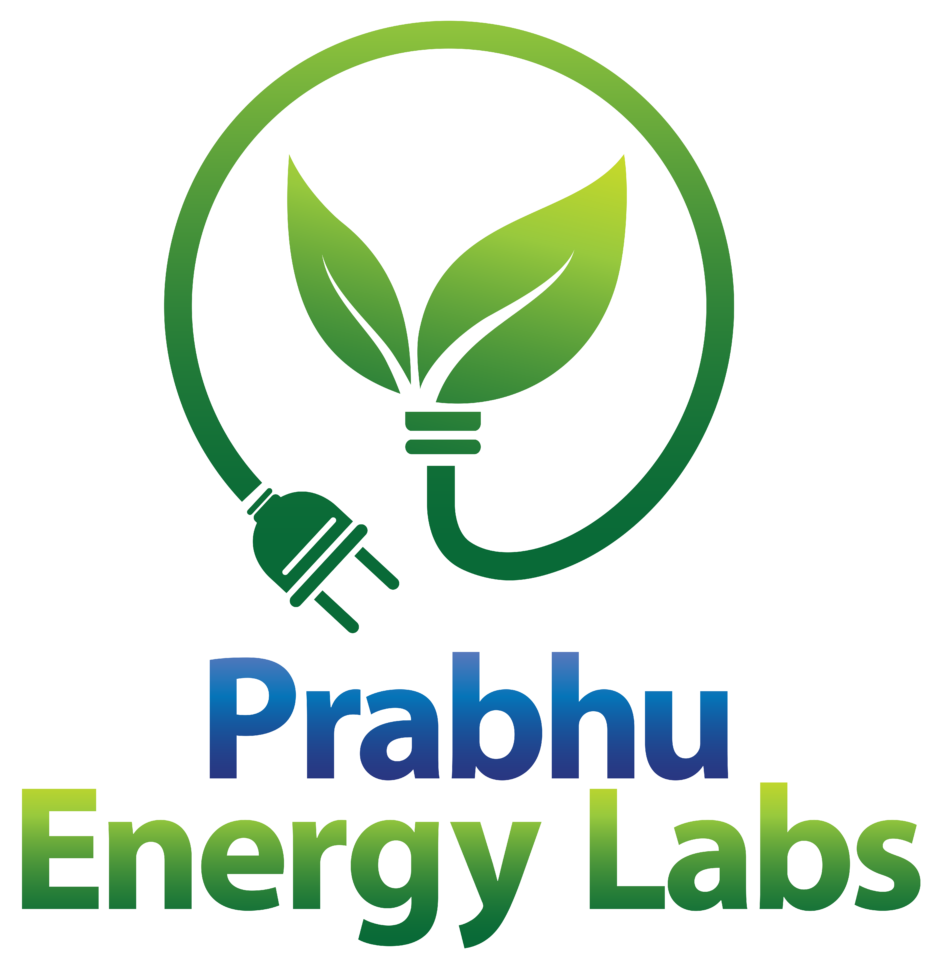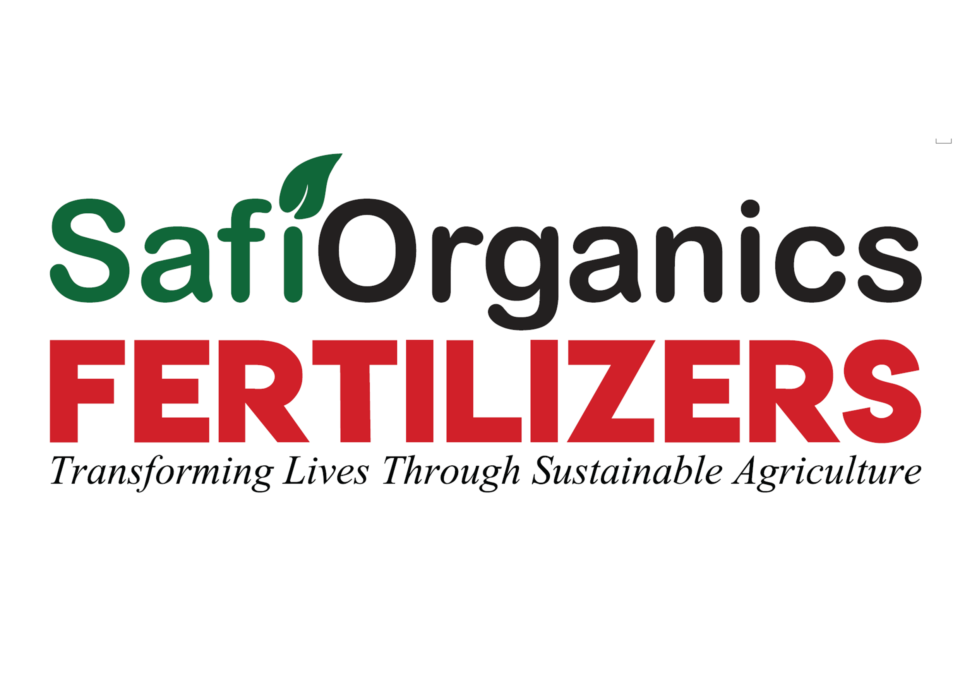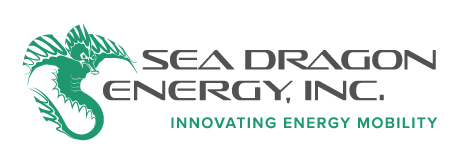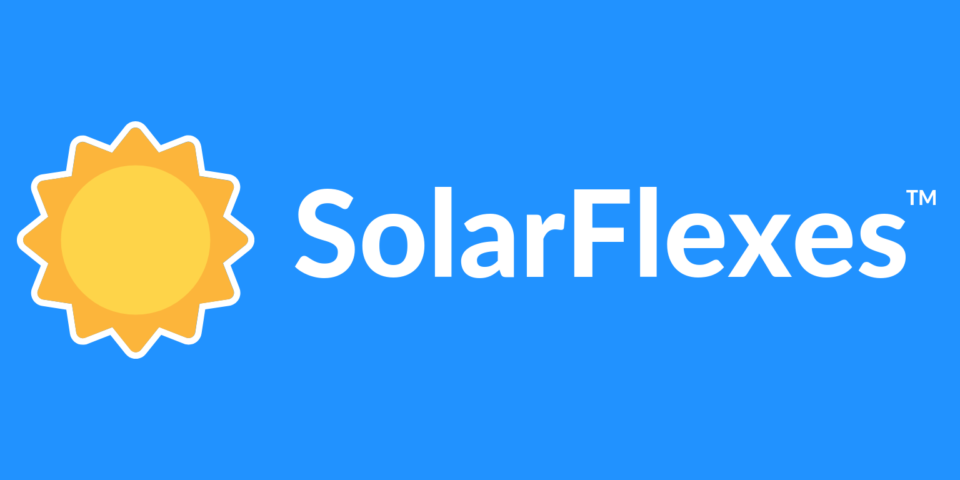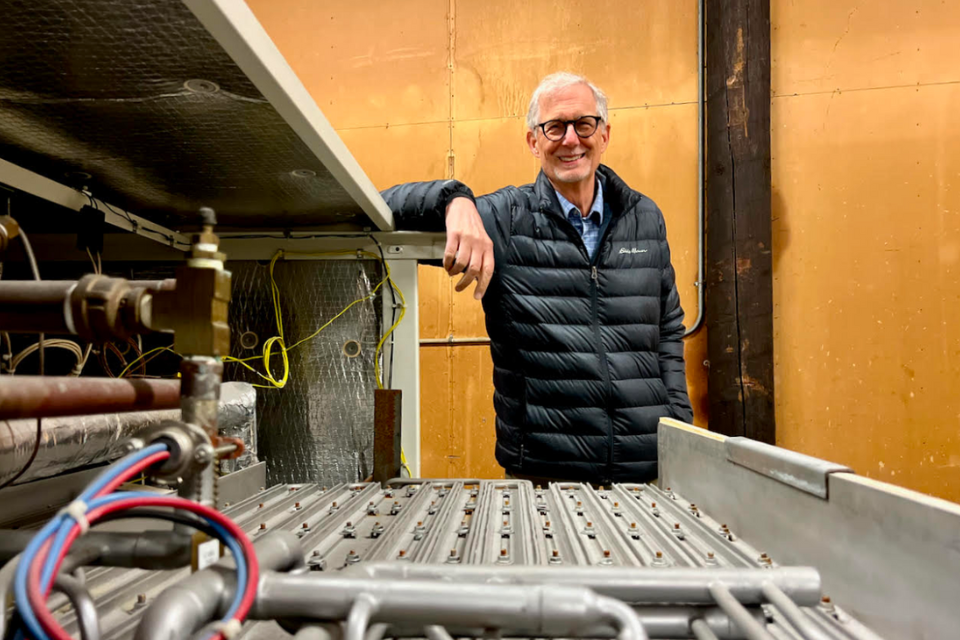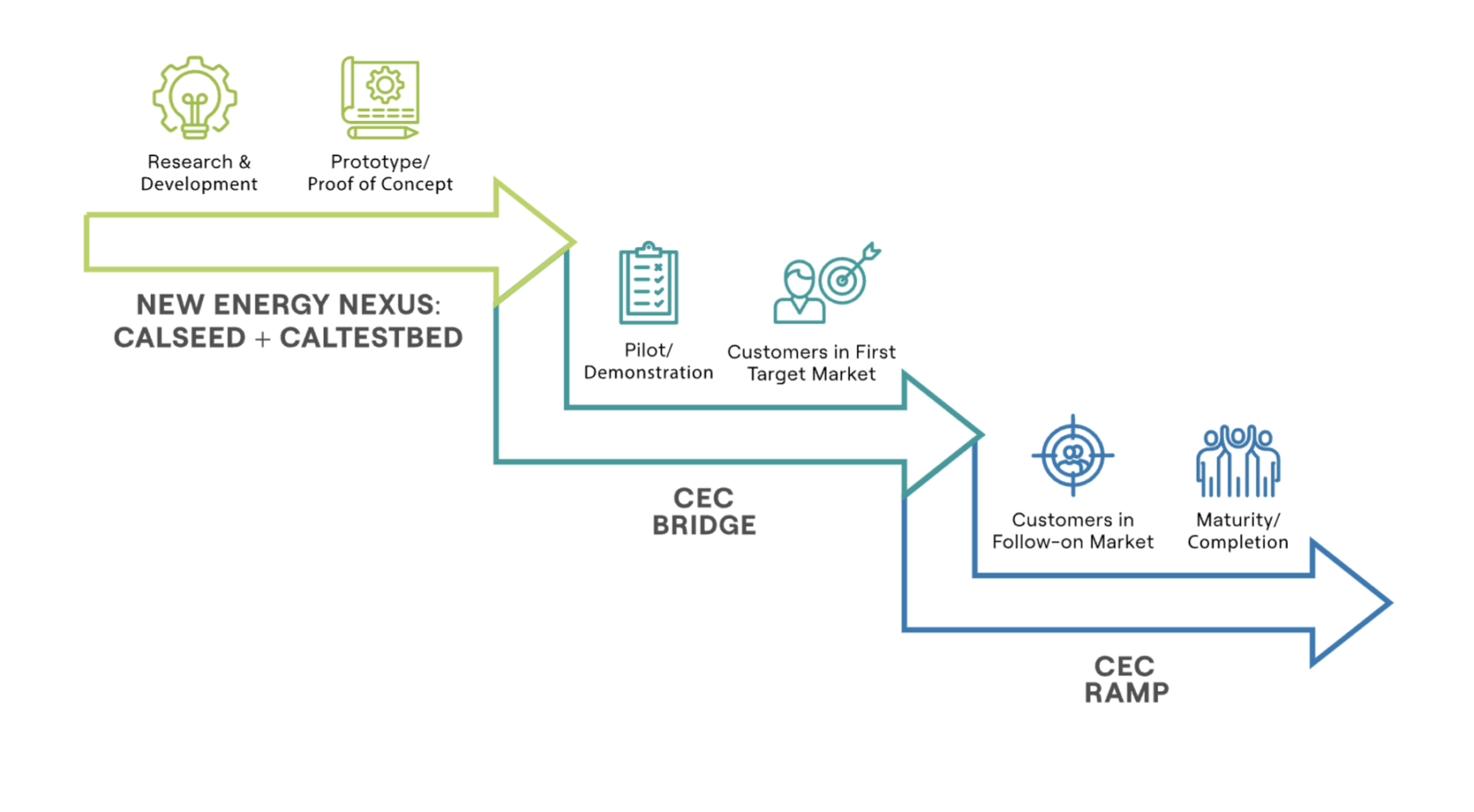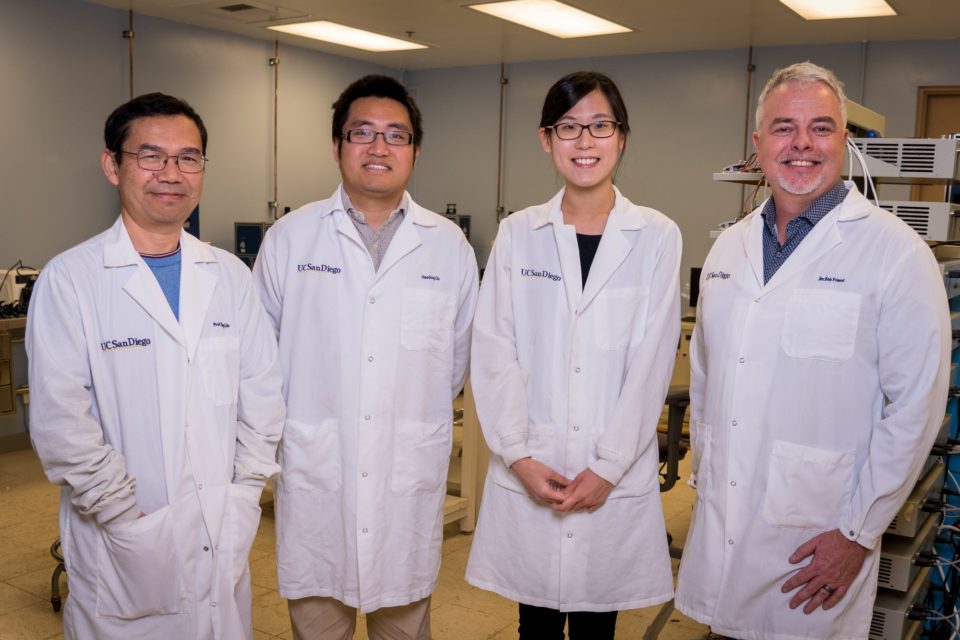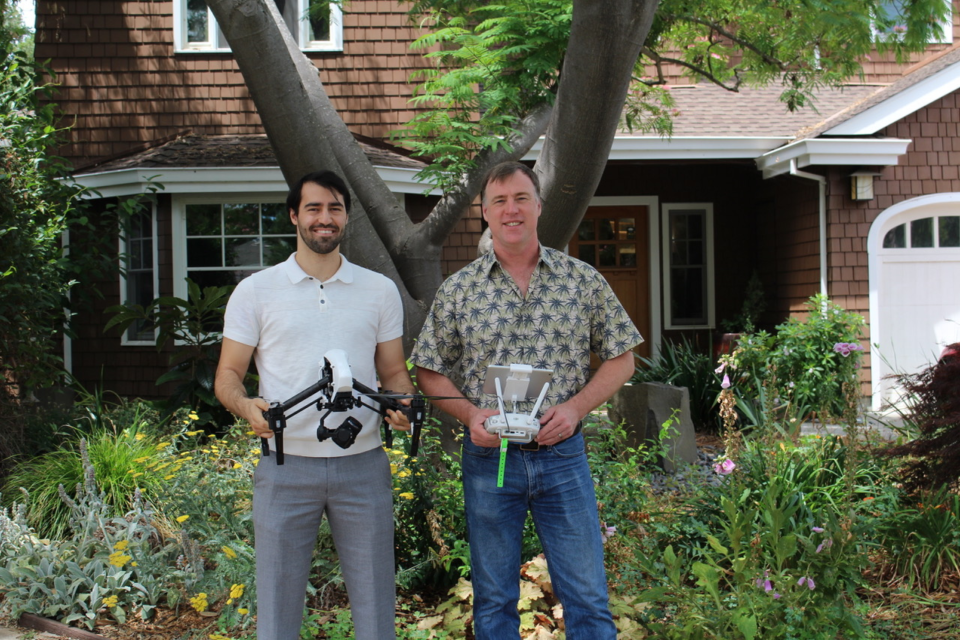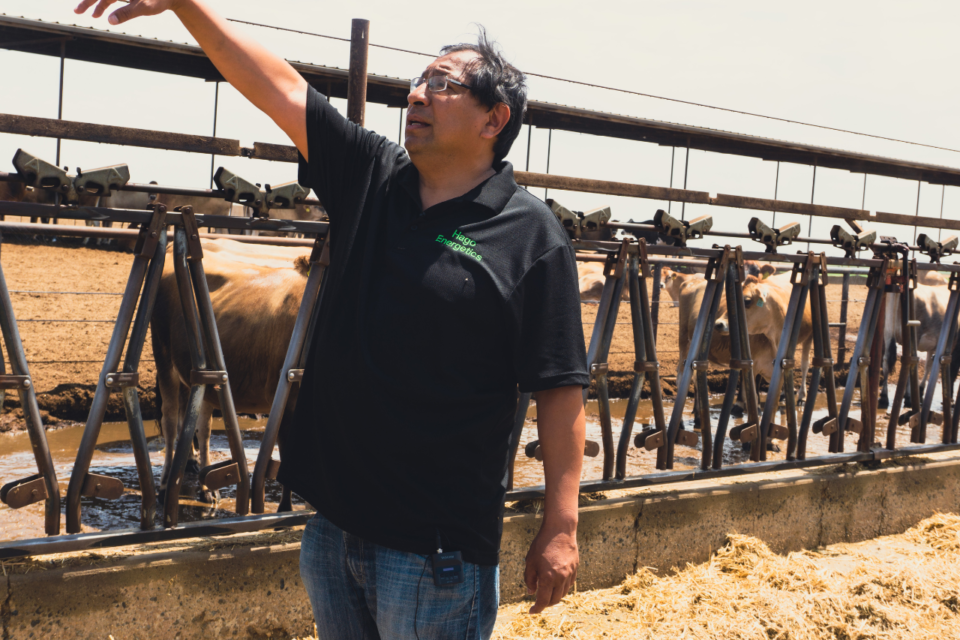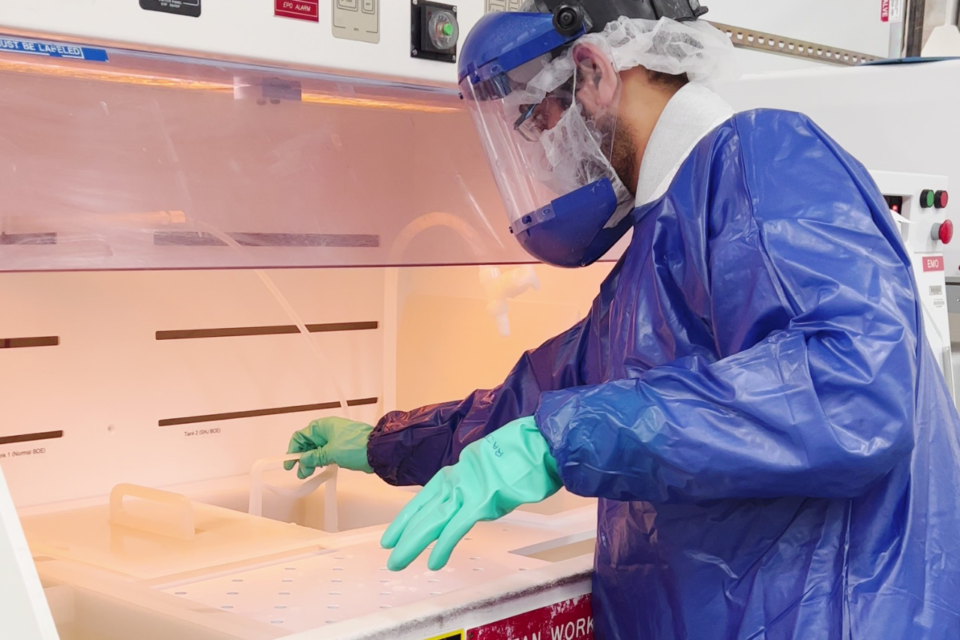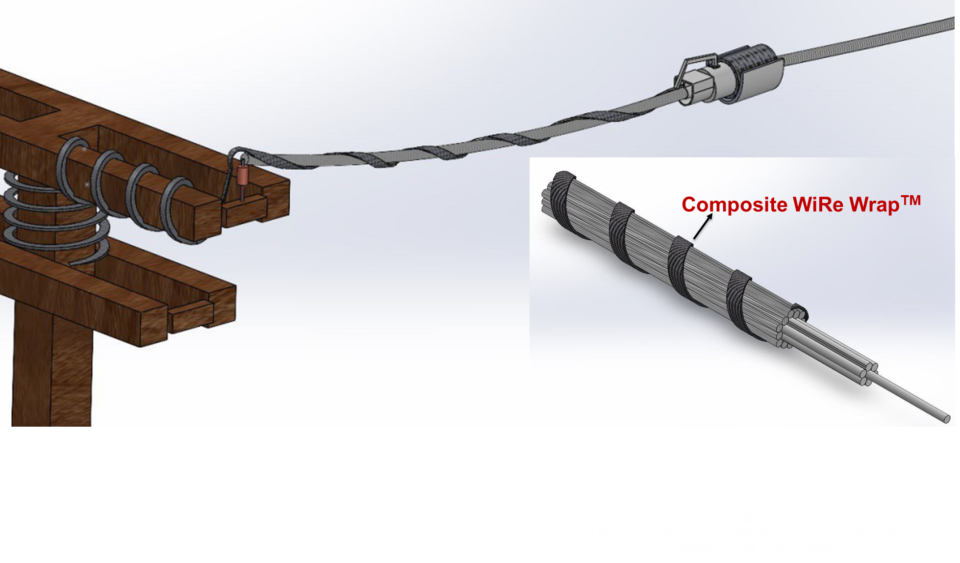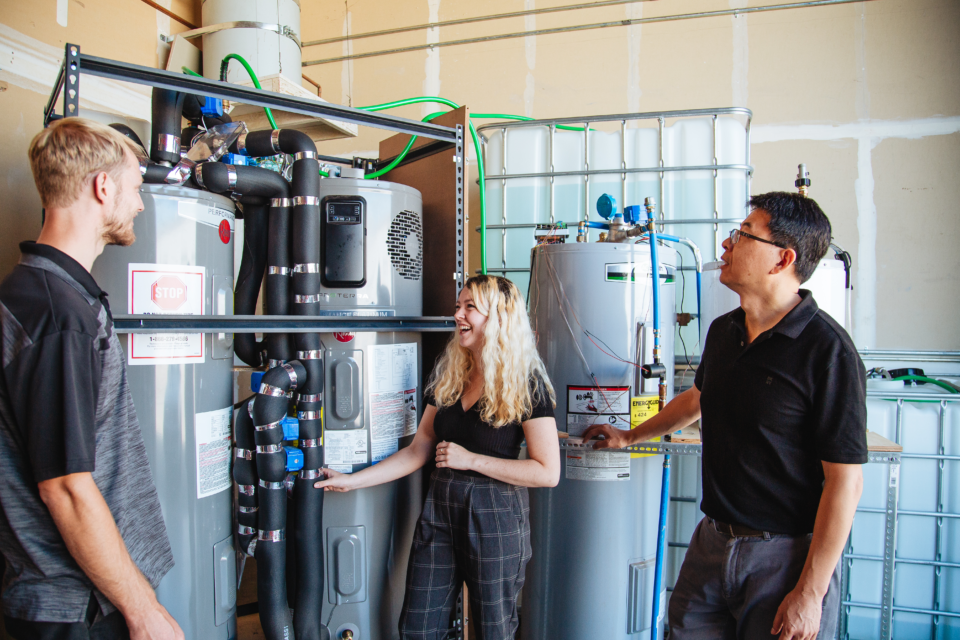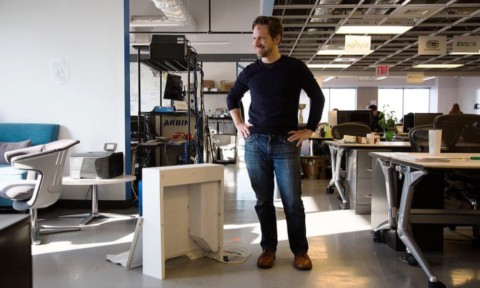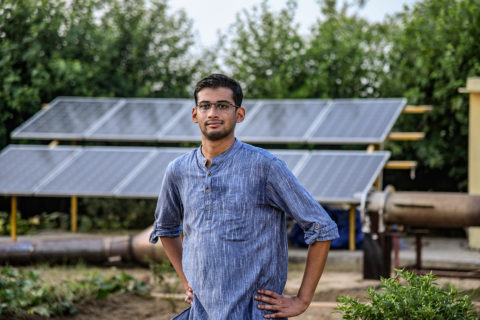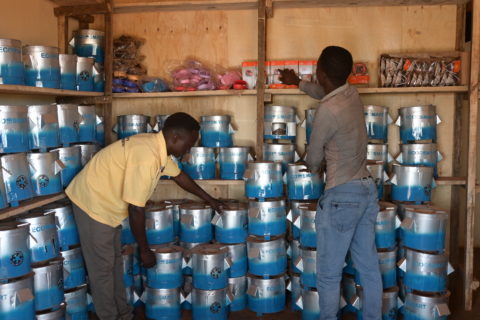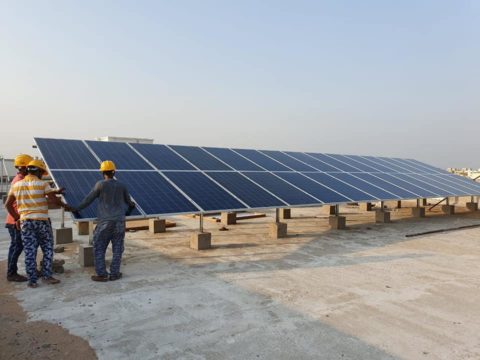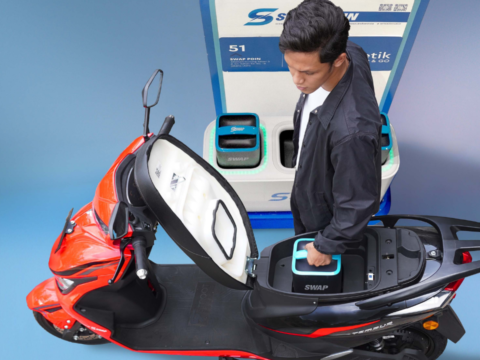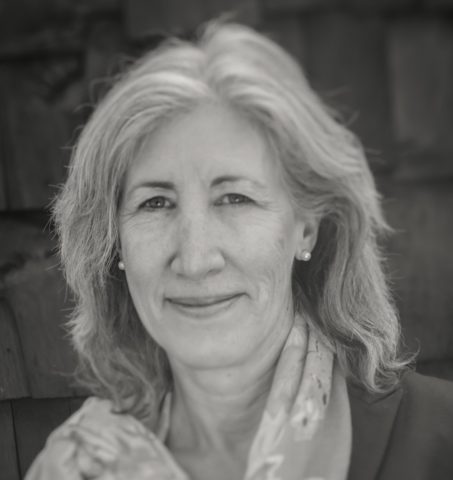30 clean energy startups were selected to receive funding of either US$150,000 for their concepts or US$450,000 for their prototypes.
Oakland, CA 11 May 2022 – The California Sustainable Energy Entrepreneur Development (CalSEED) program is thrilled to announce that two new cohorts of Concept and Prototype awards have been approved by the California Energy Commission (CEC).
For the Concept award, 23 companies out of 166 were selected to receive grants of US$150,000 each. For the Prototype award, 7 companies out of 22 were selected to receive another $450,000 to continue to develop their breakthrough technologies. In total US$6.6M of CEC EPIC funds will be invested in clean energy innovations throughout California.
“We are grateful to the CEC’s visionary leadership and partnership in supporting early-stage energy innovators with critical and timely funding,” said Denise Rushing, Managing Director of California, New Energy Nexus. “The 30 companies gaveled in today represent the diversity of California and our state’s mission to prioritize energy solutions that accelerate the transition to a clean energy economy for everyone.”
Concept awardees went through a rigorous process including a review with CalSEED’s curated review committee, who volunteered their time and expertise to select the most promising clean energy technologies of the future. CalSEED’s solicitation is designed as a call for early-stage clean energy innovations that fall within the following technology areas: energy efficiency, load modifying, energy storage, grid enhancements, renewable energy, electric vehicle charging and powertrain technologies, advanced technologies that enable
water savings.
CalSEED’s success is in supporting the best and boldest clean energy innovations while advancing equity and driving gender diversity into our programming.
“I am proud to say that the 30 companies selected today represent women and other diverse leaders amongst their CEOs, with at least 5 of the 23 concept awardees having women founders and/or women in leadership positions,” said Sarah Chester, Director of Grants Compliance, CalSEED. “This number is super impressive given the national average is that less than 2% of all tech startups have women founders nationwide. I am thrilled to begin working with these change makers who will be instrumental in advancing California’s transition to a clean energy future.”
While soliciting for CalSEED’s 5th Concept award cohort, the team also coordinated with Cleantech Open (CTO) to oversee the annual business plan competition. Eligible CalSEED Concept Awardees from cohort 3 and 4 participated in CTO’s accelerator program, where they receive tools and insights to develop a business plan that becomes the basis of the competition’s application package. The panel of judges was comprised of 19 members of the CalSEED Review Committee, representing expertise in start- ups, experience with industry-specific commercialization, and the ability to evaluate social and environmental impacts. The selected companies are focusing their efforts on solutions for batteries, storage, energy efficiency and renewable generation – areas that are critical to meeting California’s climate goals.
“CalSEED has provided entrepreneurs with the funds and resources they need to explore their innovative concepts,” said Josh Croft, Energy Deployment and Market Facilitation Officer of the CEC. “It’s exciting to imagine what the future of energy will be and how Californians will be a part of it.”
CalSEED is funded through the CEC’s EPIC program, which invests approximately US$120 million annually for innovative clean energy technologies and approaches benefiting the ratepayers of California’s three largest electric investor-owned utilities.
Details of the 23 companies awarded a total of US$3.45 million:
COHORT 5 CONCEPT AWARDEES
Aepnus Technology is developing an electrochemical technology platform that can convert lithium extracted from domestic ore and brine deposits into industrially relevant salts (e.g., for use in electric vehicles) using electricity instead of carbon-intensive reagent chemicals.
Aeromutable Corporation is developing a controller and sensor integration that will provide continuously optimized aerodynamic performance of heavy vehicles, reducing energy consumption, and improving safety for the trucking industry while increasing their profitability through improved electric tractor range.
Ariya is developing a low-cost battery for stationary energy storage using a solid-state polymer electrolyte that it has high ionic conductivity, enables the use of sodium (rather than the more expensive lithium), and simplifies manufacturing.
Benchmark Labs, Inc. is developing a forecasting system that will provide hourly and daily forecasts of evapotranspiration, temperature, and relative humidity so farm managers can make better-informed decisions regarding water and energy management at their specific locations of interest.
Climformatics Inc. is building a robust, localized climate and weather predictive tool for localized fire-weather forecasting that will help to predict, prepare, and protect the energy grid infrastructure, utilities, and consumers from future wildfires well ahead of time.
Community Energy Labs is developing a low-cost grid-interactive building control platform that autonomously optimizes energy, pricing, and comfort, without placing undue burden on controls professionals or building operators of K-12, municipal and small to mid-sized buildings to set up or maintain.
DarmokTech is developing a cell and packaging design to make solid-state batteries a viable replacement for conventional Li-ion technology for EVs and short-duration storage, with a design that could improve cycle-life, automate disassembly of cells for low-cost Direct Recycling, and reduce manufacturing steps and costs.
Discrete Lattice Industries LLC is developing a modular construction system for cellular building systems which offer significant cost and material savings through mass production and automation, while offering novel combinations of performance and sustainability.
Electric Fish is building a containerized-microgrid, integrating EV chargers with mini grid-scale batteries that can be charged at high-renewable-energy hours of the day to store clean energy – a single module that can support ultrafast charging but acts as a resource, rather than a liability for the grid.
Horizon PV Inc. is developing semitransparent organic solar panels for building-integrated photovoltaics that are flexible, can be laminated to glass surfaces or on walls, and will be capable of generating clean renewable electricity from solar windows in buildings and vehicles.
Kepler Energy Systems is building KE2, an energy storage and management pod that will control the collection, storage, and release of solar, wind, and grid energy onto private and public utility grids, creating grid resilience and safe resource dispatchability.
KorganoTech is developing an affordable filter that improves HVAC efficiency and kills airborne pathogens. It will be a highly effective air-filtration system that consumes less energy compared to other air-purification technologies that are being applied to combat spread of pathogens.
kWh Bot is engineering autonomous robotic EV chargers that will deliver charge to EVs automatically at any parking spot in the service area using Segway and NVidia tech that will navigate batteries to EVs, charge the vehicle, and later return the battery to the station.
Modilium is building a modular thermo-electric refrigeration unit with Peltier coolers which will be individually activated, depending on the total cooling needs, and thus enhancing energy efficiency, can be powered by renewable energy and is free from harmful refrigerant chemicals, while using water as the heat transfer fluid.
OmniFlow is developing a water and energy-saving irrigation device with superb anti clogging abilities and a lower cost advantage that will enable crop irrigation without the requirement of clean water or electricity, potentially making irrigation and reforestation in wildfire/drought ravaged areas easier with minimum labor.
Perch Sensing is building a distributed real-time monitoring and control system of low-cost distributed sensors that are “perched” upon utility infrastructures that will help utilities predict and prevent potential utility-based ignition events, more efficiently manage power flow during shutoffs, and increase the integration of micro-grids and distributed energy storage.
RCAM Technologies is developing 3D concrete printed Marine Pumped Hydroelectric Storage (MPH) pods that can integrate with California’s floating offshore wind farms to create offshore renewable hybrid energy systems.
HyVerde, LLC is designing a Hybrid Battery Management system that can be integrated in an electric vehicle to enable the combination of multiple types of battery chemistries and reduce temperature and charge variations across a battery, simultaneously equalizing battery capacity and temperature while also enabling hybridization with additional storage systems.
Rivieh, Inc. is building a smart building energy management system for residential buildings that will integrate a new sensor technology, millimeter-wave radar, within the form factor of light switches, which will allow a distributed autonomous controller to manage most of a building’s loads using existing infrastructure and without adding additional complexity or cost.
Solarflux Energy Technologies, Inc. is developing a solar thermal energy powered water desalination and purification system, which is a membrane distillation module optimized for use with a cost-effective solar thermal concentrator, providing a resilient, low-cost, zero-emission solution to water treatment for agriculture, industrial and municipal applications.
Summation Lab is developing a multi-stage gasifier system that transforms low-grade biomass, like wood chips and almond shells with high fines and moisture content, to renewable energy in the form of a fuel gas (syngas) and electricity that will help forestry, agricultural, industrial, and municipal entities manage their excess biomass more efficiently, improve access to renewable energy, and reduce GHG emissions.
TECSI Solar Inc. is developing Arcadia-SR, a solar panel for asphalt shingle roofs that integrates racking, flashing, hardware, and power electronics to a single SKU, installed using a single tool, removing variability in installation costs associated with array and roof complexity, resulting in solar installers spending less time training and get more installations done in a day.
Tyfast is developing a long lasting, solid-state battery cell with a novel anode material that allows for ultrafast charging without sacrificing safety and energy density, with the potential to enable full vehicle-to-grid (V2G) integration, ensure grid stability with the massive EV transition, increase renewables penetration, create new V2G business models, and lower the cost of EV ownership.
Details of the 7 companies awarded a total of US$3.15 million:
COHORT 4 PROTOTYPE AWARDEES
ALD Technical Solutions is developing a lightweight, long-lasting, and cost-effective structural composite reinforcement system which will be wrapped around existing transmission lines to increase power capacity, extend lifespan, decrease sag, and improve reliability and resiliency of grid infrastructure with NO downtime and minimal capital investment. The Composite WiRe WrapTM is a lightweight, high strength, long lasting, cost-effective composite reinforcement system, which withstands high temperature. The product can be installed fast and easily by our innovative robotic technology system and cured in-place around existing power lines.
Gridware is demonstrating a system of low-cost, solar-powered, sensor platforms, deployed across a distribution grid to provide real-time monitoring and fault anticipation. Gridware’s solution is centered around mechanical sensing that characterizes and monitors the behavior of the electric distribution system, as opposed to the traditional electrical monitoring that is currently employed by utilities. Mechanical monitoring can reveal weakening of the system as it ages, identify components that have loading beyond normal conditions, and indicate precursors to critical failures. This innovation aims to reduce the number of fault-induced wildfires as well as reduce the frequency and duration of outages and PSPSs.
Hago Energetics is going to demonstrate a technology that uses renewable energy to convert agricultural waste to green hydrogen for the transportation sector. This technology works by processing biogas generated from the manure waste into a novel chemical reactor that effects the conversion to hydrogen. It does not use massive amounts of electricity or natural gas to create green hydrogen and uses agricultural waste as raw material, so more carbon is taken out of the atmosphere than is produced by the process.
Leap Photovoltaics is developing a process to manufacture crystalline silicon solar cells without wafers. This additive manufacturing approach directly deposits a layer of silicon microparticles to a surface that absorb sunlight and convert it to electricity, achieving the same performance and reliability as traditional solar cells at half the cost using entirely local supply chains. This unique combination leaps the barriers of thin margins and supply chain disruptions and enables sustainable growth of solar manufacturing. Furthermore, this additive manufacturing process makes direct integration of solar energy generation with new products like vehicles and roofing materials easier, opening new markets for solar energy.
Parthian Energy is developing a new class of advanced battery sensors, with applications in quality control at manufacturing, ultrafast charging during operation, and evaluating second life capabilities. The Parthian Electromagnetic Sensor, or PES detects internal defects in lithium-ion battery cells, either during manufacturing or during operation, by evaluating the change in the battery’s electromagnetic signature. This reduces unnecessary scrap, enhances safety, and enables higher energy density cells to be deployed into EVs and Grid Storage with much less risk of thermal runaway. PES also provides cell makers with dramatic reductions in work-in process inventory, working capital costs, and facility costs. In addition, PES provides faster and lower cost battery Q.C., which drives shorter design cycles and faster time-to market.
RePurpose is developing a system that tests, reassembles, and redeploys used electric vehicle batteries to store solar energy, creating create lower-cost, more sustainable energy storage systems. The process begins by precisely measuring EV battery health in <90 seconds using machine learning. Then battery reassembly is optimized into new circuits to maximize safety, efficiency, and longevity. Finally, the batteries are equipped with proprietary controls and fire suppression systems. This allows for repurposing used EV batteries safely for 7-10 years in “second-life” energy storage systems at around half the cost of new battery alternatives.
Tolo Inc. is building a remote inspection platform for utility infrastructure using immersive photogrammetric imagery. Tolo pairs state-of- the-art cameras with unmanned aerial vehicles (UAVs) and collects thousands of detailed photos from every angle of a utility tower, capturing images at greater detail than what is visible to an inspector in the field. A novel software application, custom-built for utility inspectors, provides advanced tools and greater inspection freedom and flexibility than field inspection. The result is more accurate, sharable, monitorable inspections that drive better maintenance decisions, reduce utility-caused wildfires, and enhance grid reliability.
About CalSEED
CalSEED is funded through the CEC’s EPIC program which invests approximately US$120M annually for innovative clean energy technologies and approaches benefiting the ratepayers of California’s three largest electric investor-owned utilities. Through the CalSEED initiative US$25M will be deployed to back over 80 startups in coming years. CalSEED is administered
by New Energy Nexus. For more information, please go to calseed.fund
About the California Energy Commission
The California Energy Commission is leading the state to a 100 percent clean energy future. It has seven core responsibilities: developing renewable energy, transforming transportation, increasing energy efficiency, investing in energy innovation, advancing state energy policy, certifying thermal power plants, and preparing for energy emergencies. For more information, please go to energy.gov.ca

